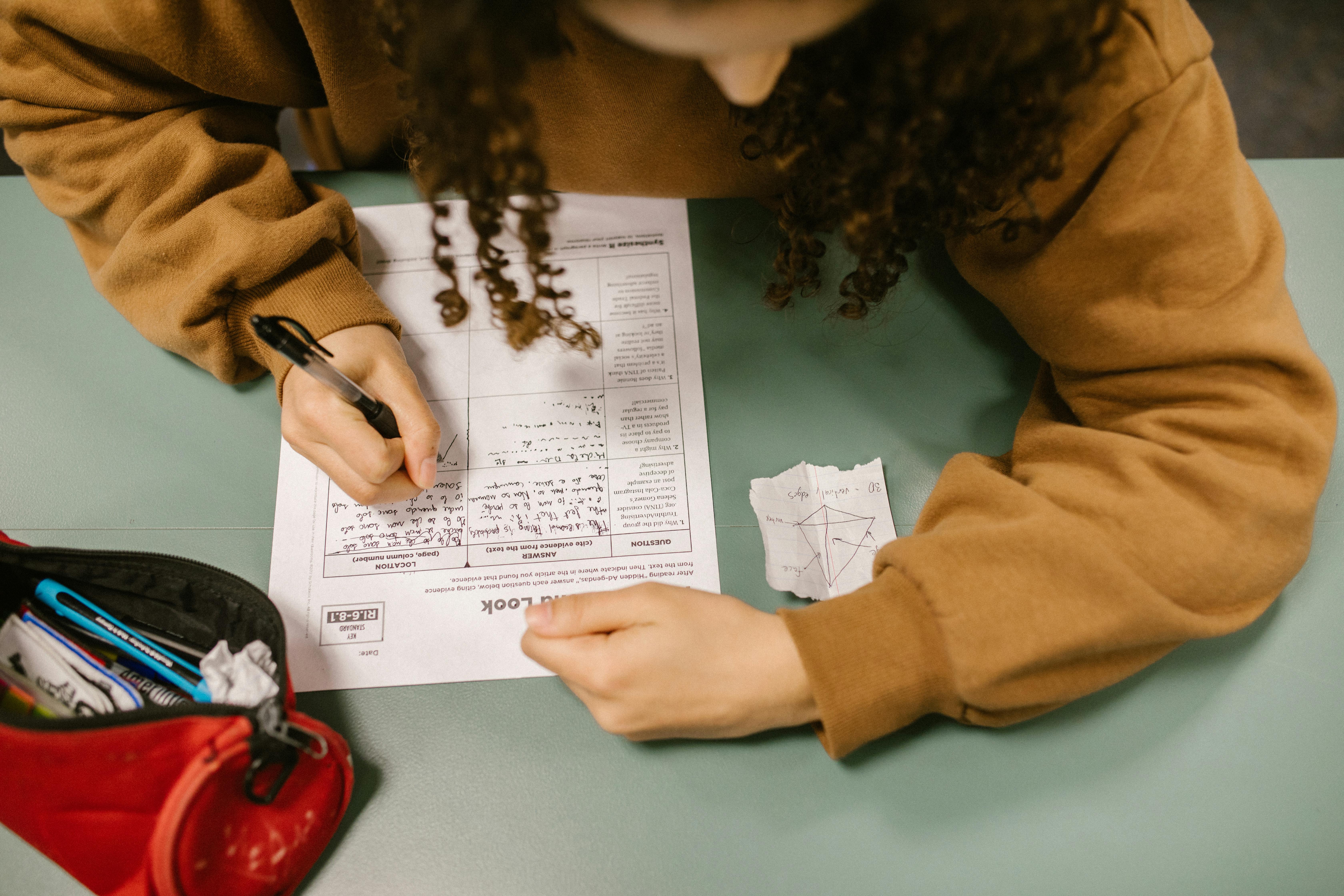Apply Now
Practical Guide to Ear Piercing Healing: 6 Essential Tips
Understanding the Healing Process for Ear Piercings
The healing process for ear piercings can vary significantly depending on several factors, including the type of piercing and individual body responses. When you get an ear piercing, your body starts a natural healing process that typically spans several weeks to months. For instance, ear lobe piercings generally heal faster, taking about 6 to 8 weeks, whereas cartilage piercings may require 3 to 6 months for complete healing. Understanding these timelines for various piercings is crucial to ensure proper aftercare and avoid complications.
Proper care during the healing process not only minimizes discomfort and risks of infected piercings but also ensures that the earrings sit comfortably and look aesthetically pleasing. As you embark on this journey, being aware of the signs of healing ear piercings will help you gauge your progress. Common indicators include reduced swelling, a decrease in redness, and less sensitivity around the piercing site.
Understanding the responsibilities and care involved during this healing time empowers you to take proactive steps for optimal recovery. This guide provides essential tips to navigate through the healing stages of ear piercings effectively.
6 Essential Tips for Healing Ear Piercings
1. **Follow Aftercare Recommendations**: Proper care routine for piercings is essential to avoid complications. For newly pierced ears, cleaning solutions for piercings, such as saline solutions, are recommended. It's critical to clean the area at least twice daily, gently swabbing the piercings while being cautious not to irritate them.
2. **Choose the Right Jewelry**: Selecting optimal jewelry for healing piercings can influence healing times and comfort levels. Materials like surgical stainless steel, titanium, and gold are generally regarded as safe for sensitive ears. Avoid jewelry made from nickel or low-quality metals that can cause allergic reactions and irritation.
3. **Avoid Moisture and Irritation**: Preventing moisture accumulation and irritation during the healing stages is vital. Water exposure, especially in pools or hot tubs, can introduce bacteria that may lead to infection. Ensure that your ears remain dry, and opt for breathable fabrics to avoid friction.
4. **Be Aware of Allergic Reactions**: Symptoms of allergic reactions to earrings can manifest as redness, itching, and irritation. If you notice these signs, remove the earrings and consult with a professional piercer or a healthcare provider for alternatives that might be suitable for your skin type.
5. **Monitor for Signs of Infection**: Recognizing ear piercing infection symptoms, such as increased pain, swelling, or discharge, is essential. If you notice these signs, it’s crucial to consult a doctor immediately to manage potential complications effectively.
6. **Be Patient**: Healing time for various piercings varies based on individual care and body responses. Practicing patience during healing ensures that you do not make the common mistake of changing earrings too soon. Avoid removing your earrings until they are fully healed to prevent closing and reopening of the holes.
Factors Affecting Healing Time
Individual Body Responses
Every individual's body reacts differently to new piercings, influenced by factors such as skin type, healing capabilities, and general health status. For instance, individuals with sensitive skin may experience longer healing durations due to irritation or allergic reactions. Moreover, lifestyle choices like stress levels and diet also play a role. A balanced diet rich in vitamins and minerals zcan support the body's healing processes, enhancing healing timeline.
Type of Piercing and Placement
The cartilage piercing healing duration is typically longer than ear lobe piercings due to the lack of blood flow in cartilage tissue, which slows the healing process. Moreover, piercings placed in high-friction areas may face complications. Understanding the types of ear piercings and their specific care requirements is vital to navigate the healing process effectively.
Cleanliness and Maintenance
Maintaining ear cleanliness is crucial during the healing phases. Regular cleaning reduces infection risks and encourages faster recovery. Avoid using harsh chemicals or irritating products on your new piercings, as they can cause inflammation in ear piercings. Instead, stick to recommended cleaning solutions and avoid cosmetic products that may come in contact with the area.
Signs of Healing Ear Piercings
Identifying Positive Healing Indicators
To ensure that your ear piercings are healing correctly, monitoring changes is essential. Signs of good healing include reduced redness and swelling, as well as less discomfort around the piercing site. As irritation subsides, you should also observe an improvement in overall skin texture, returning to normal over time.
What to Avoid During Healing
It’s just as important to understand what to avoid with new piercings. Steering clear of alcohol-based cleaning agents, tight-fitting earrings, or sleeping on the side of the piercing can prevent complications and enhance your healing journey.
Seeking Professional Help
Don’t hesitate to consult with trusted piercing professionals if you experience unusual symptoms or have questions about your healing process. Sometimes, getting expert advice can make a significant difference in managing discomfort or irritation effectively.
Ear Piercing FAQs
How Long to Heal Ear Piercings?
Ear lobe piercings generally heal in about 6 to 8 weeks, while cartilage piercings typically take longer, around 3 to 6 months. Timeline may vary based on individual care and healing practices.
When is it Safe to Change Earrings?
It’s advisable to wait at least 6 weeks before considering changing earrings, ensuring that your piercings are fully healed to prevent complications.
What are Common Mistakes with New Piercings?
Common mistakes include changing earrings too early, improper cleaning routines, and using low-quality jewelry materials which may lead to irritation or infections.
Conclusion
Adhering to the aftercare guidelines, understanding the healing process, and recognizing signs of healing ear piercings are crucial for ensuring a smooth recovery journey. By embracing patience and following best practices for ear piercings, you set yourself up for long-lasting enjoyment of your new jewelry.

